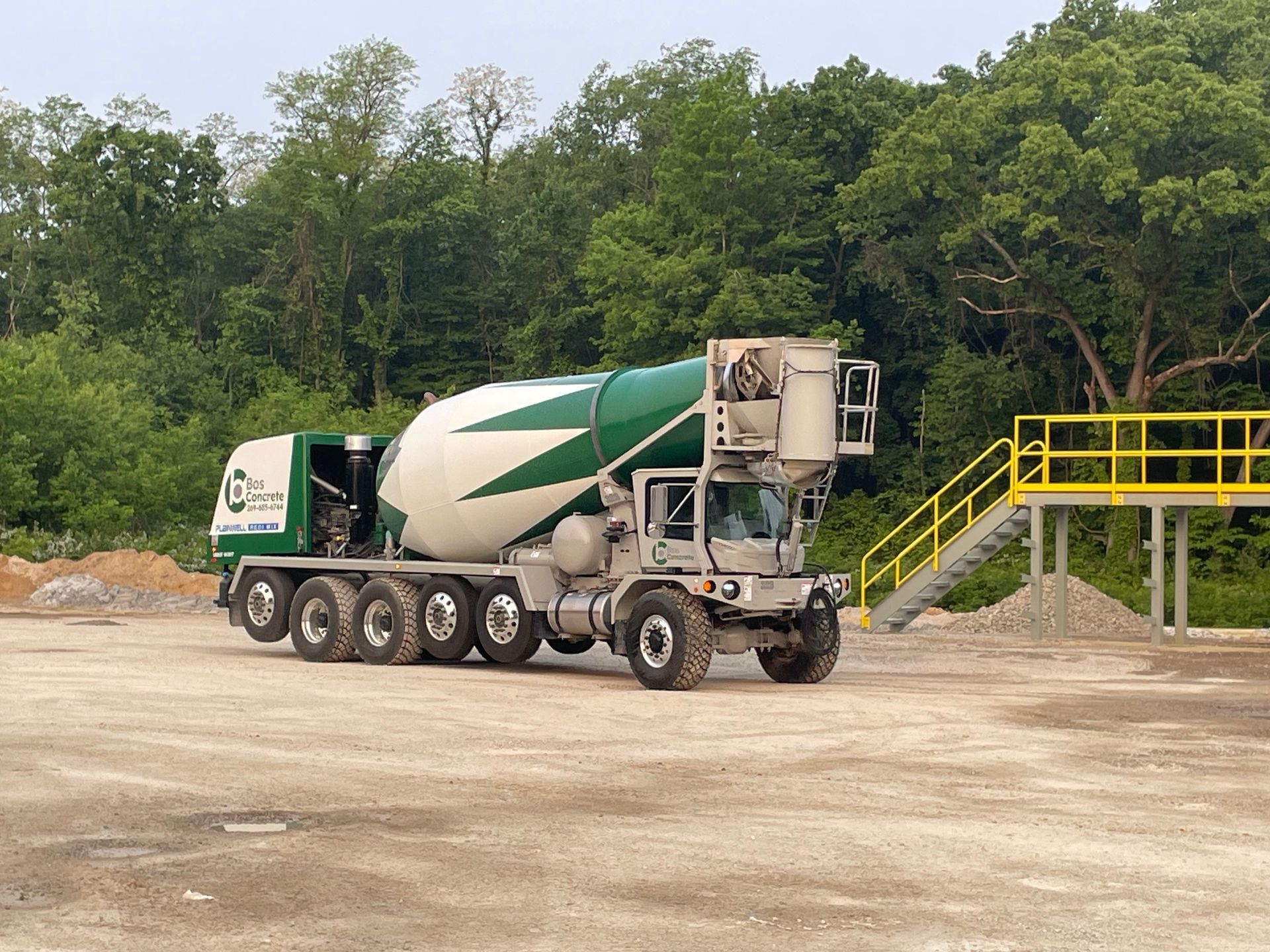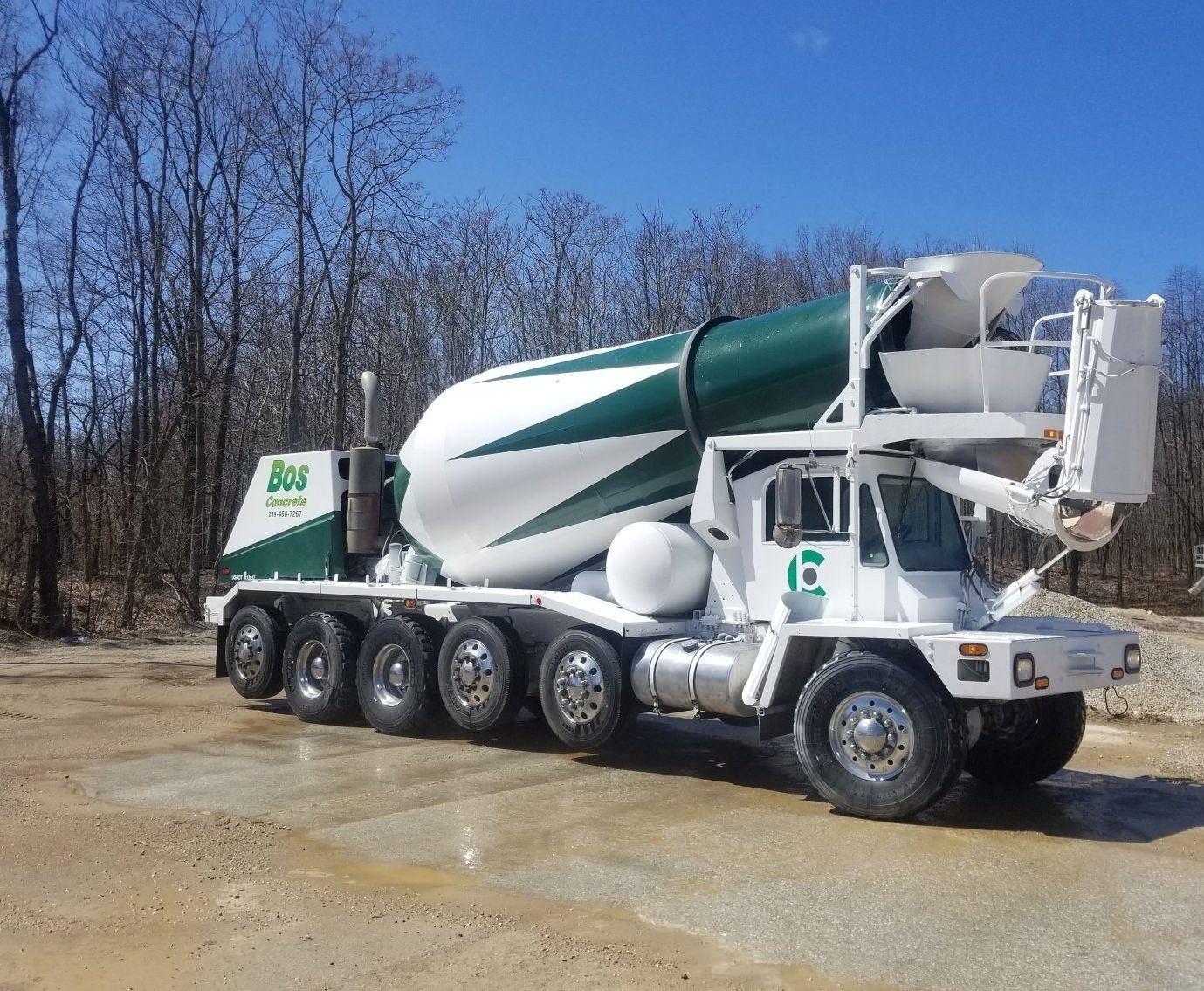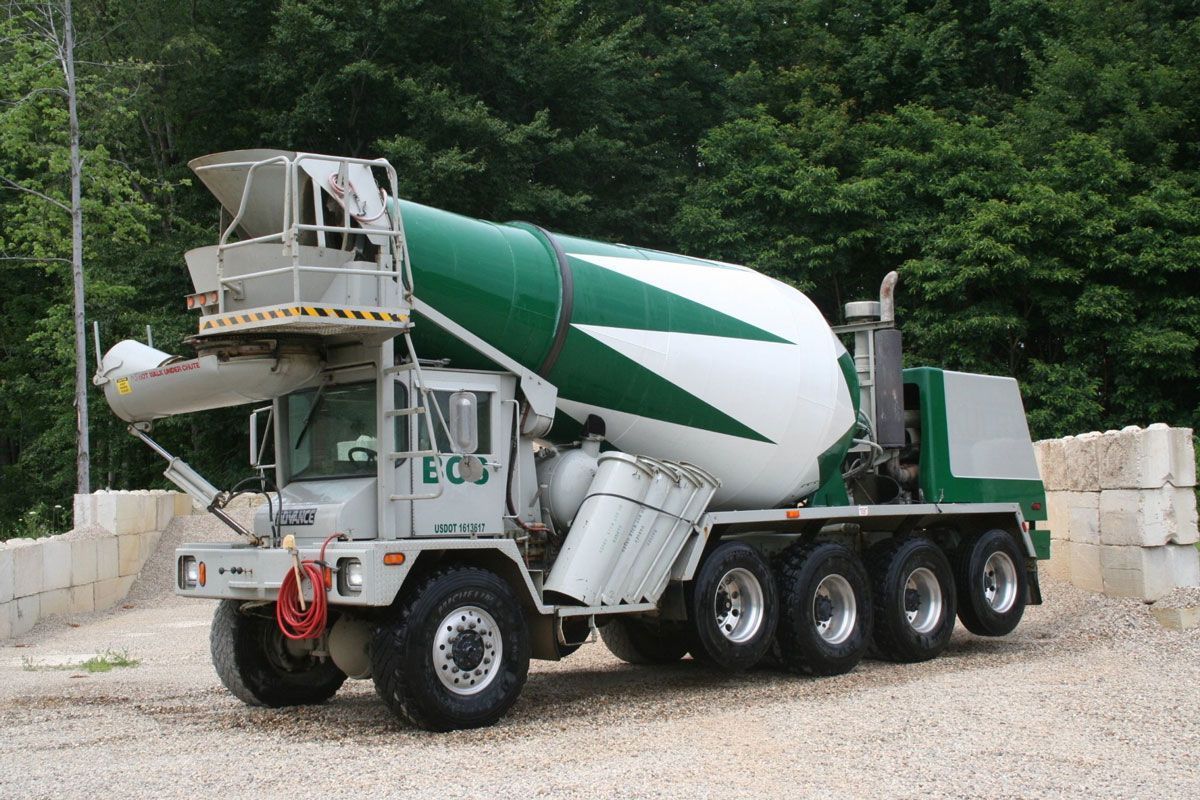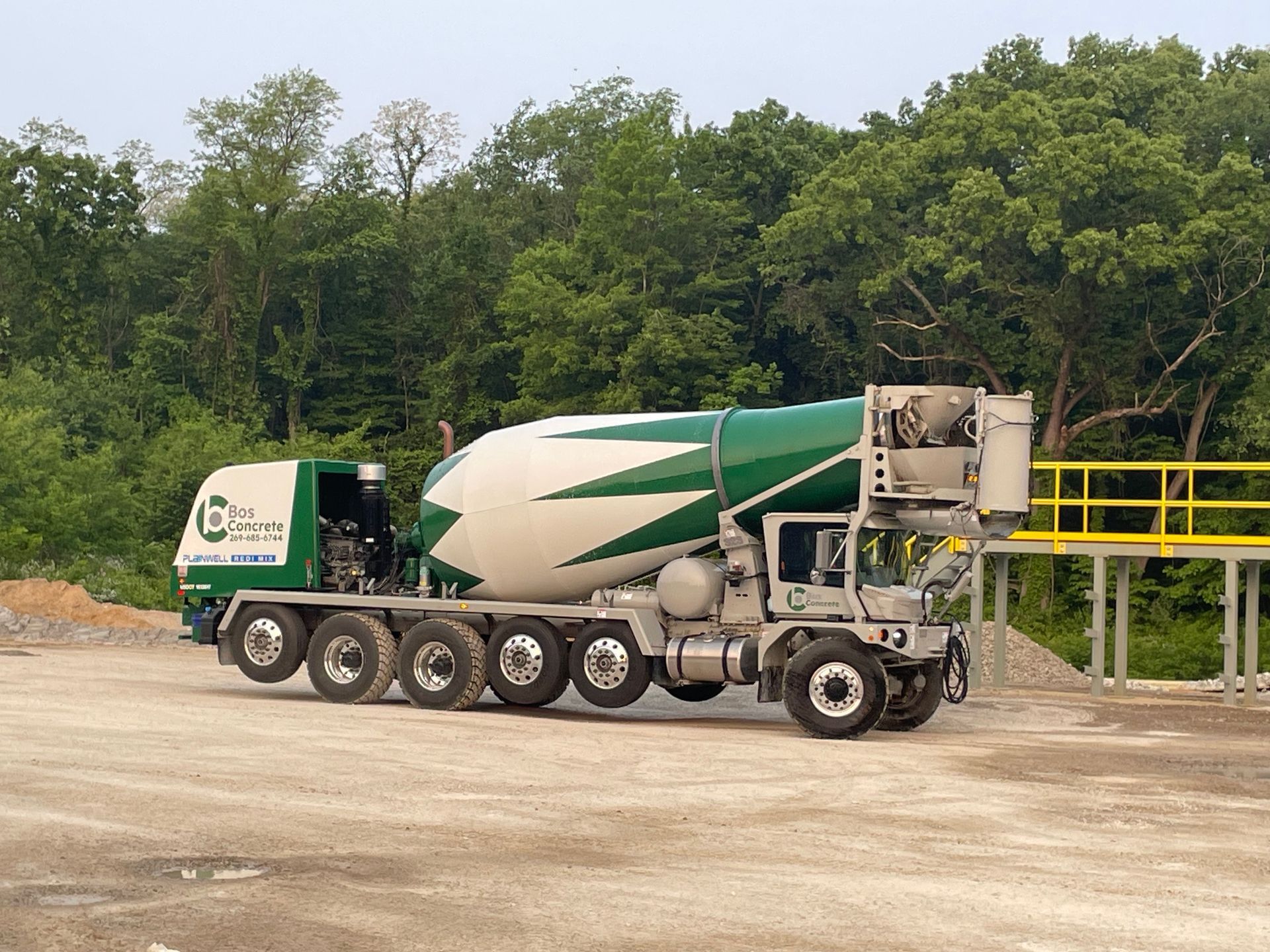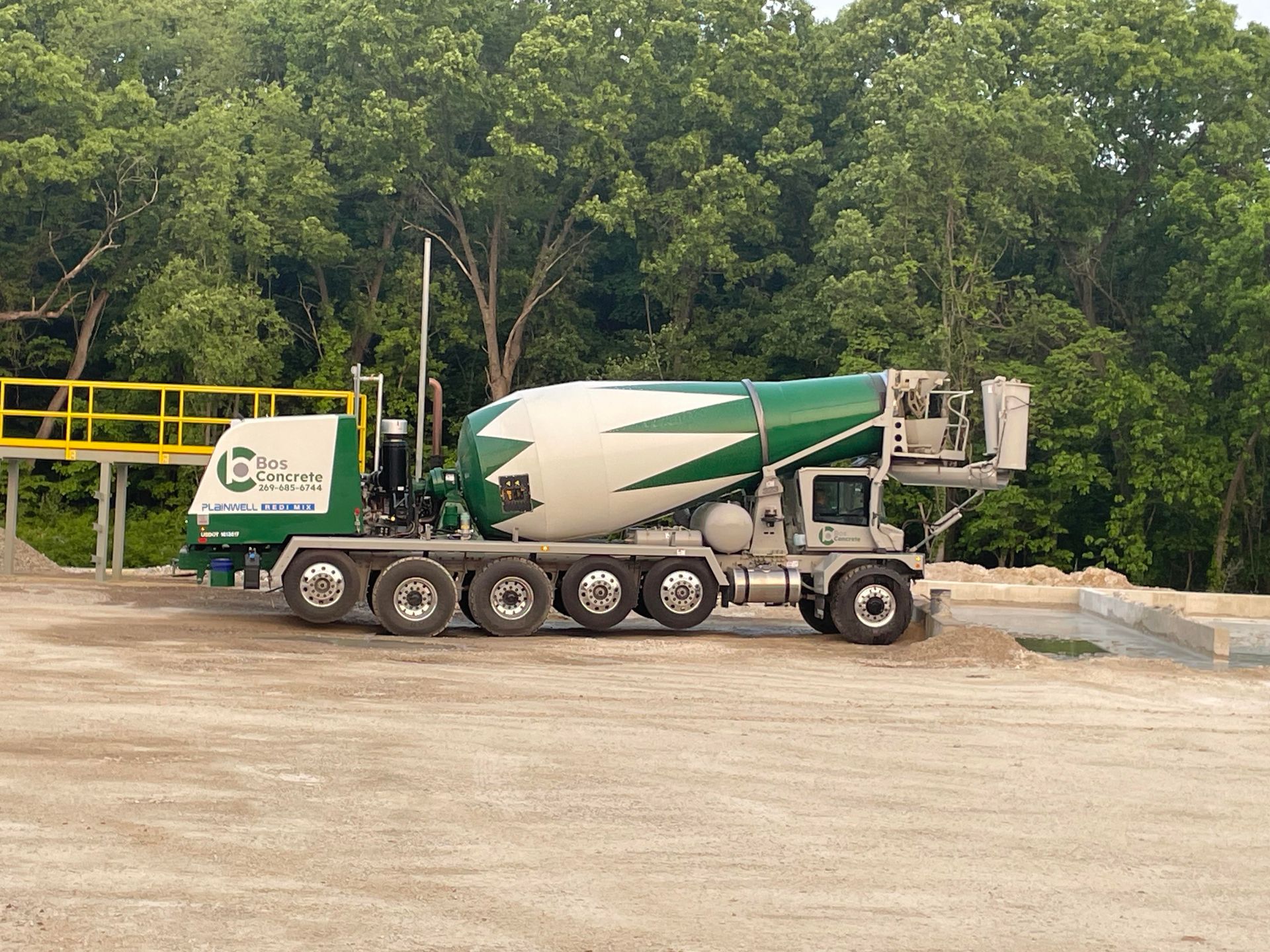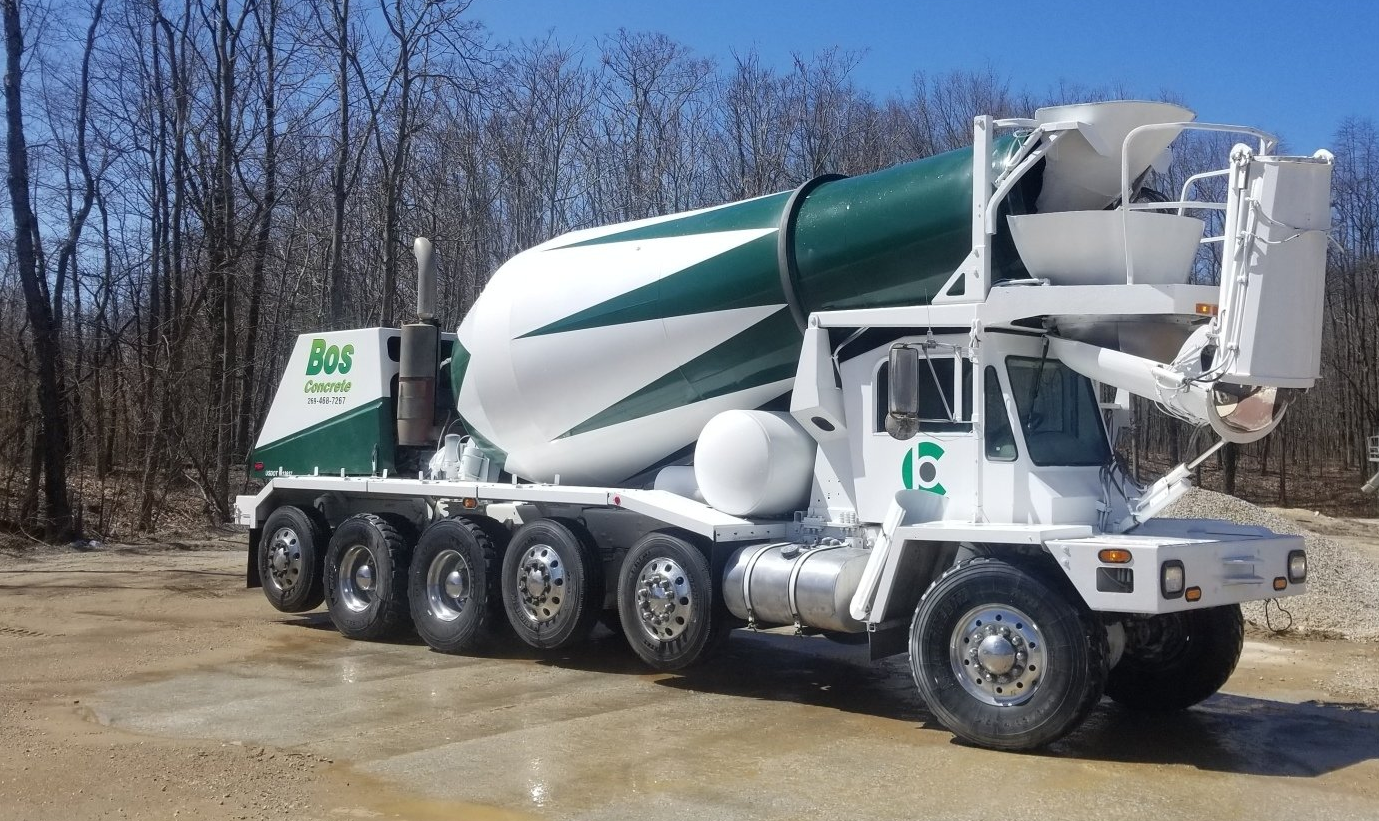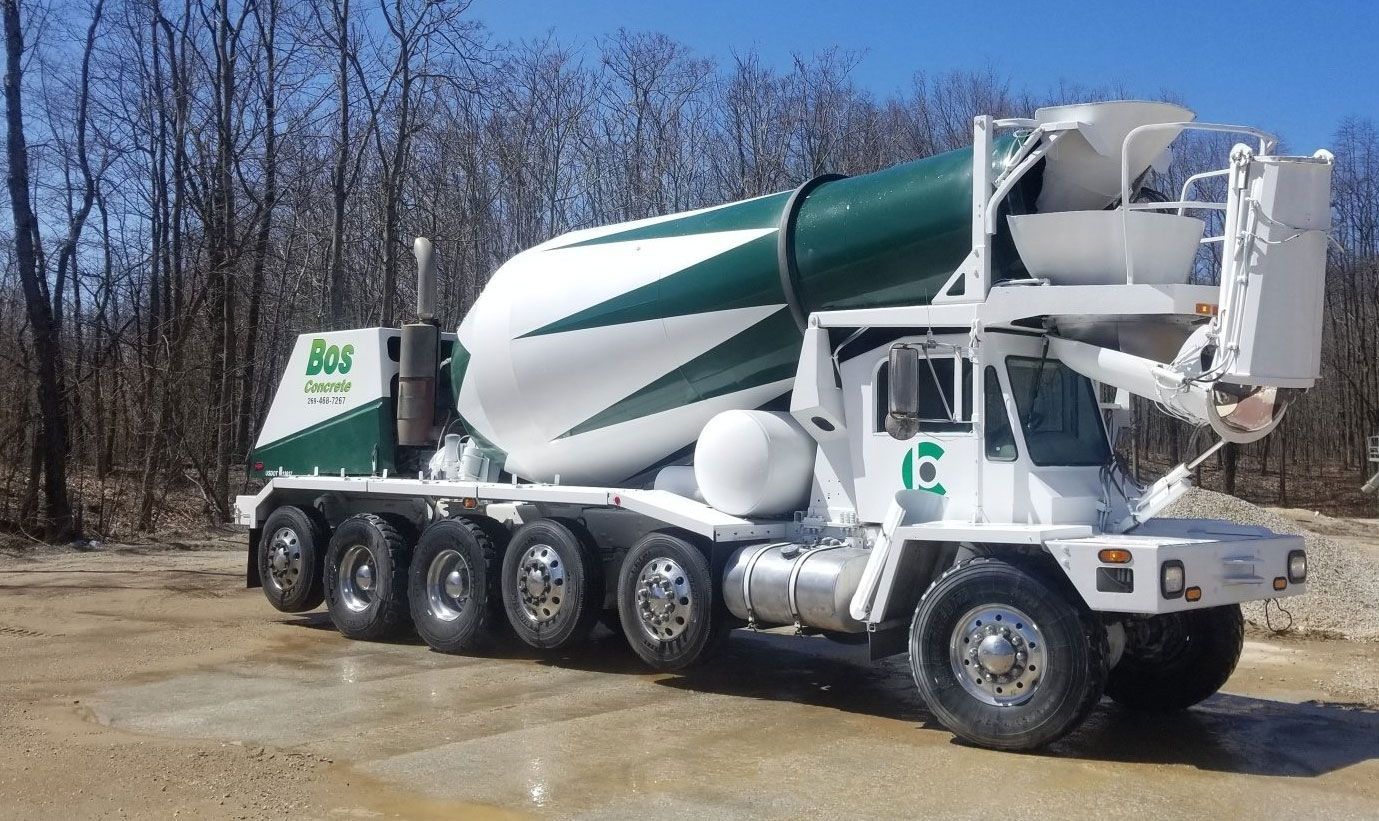Concrete & Cement: What is the Difference?
The Differences Between Cement and Concrete
When it comes to construction and building materials, the terms “concrete” and “cement” are often used interchangeably. However, they are fundamentally different materials with distinct properties, uses, and compositions. Understanding the difference between concrete and cement is essential for anyone involved in construction or curious about the process.
What is Cement?
Cement is a fine, powder-like substance that acts as a binder in the construction industry. Its primary component is clinker, a mixture of limestone, clay, and other materials heated at high temperatures in a kiln. This process produces a substance called “clinker,” which is then ground into a fine powder to produce cement. The most commonly used type is Portland cement, named after the Portland stone in England.
Cement’s main property is its ability to harden and gain strength when mixed with water, a process called hydration. When water is added to cement, it forms a paste that sets and binds other materials together, making it a crucial part of many construction projects.
What is Concrete?
Concrete is a composite material made by mixing cement, water, and aggregates such as sand, gravel, or crushed stone. In essence, concrete is a mixture of cement and aggregates, with water that activates the cement’s binding properties. When the mixture is poured into molds or formwork and left to cure, it hardens into a durable, sturdy material suitable for foundations, walls, roads, and various other structural applications.
The versatility of concrete is one of its most notable qualities. It can be molded into a variety of shapes and sizes, and its strength, durability, and relatively low cost make it a go-to building material worldwide.
Differences Between Cement and Concrete
1. Composition
- Cement is a powder that acts as a binder.
- Concrete is a mixture of cement, water, and aggregates.
2. Usage
- Cement is used as an ingredient in concrete. It’s also used for mortar, stucco, and other binding applications.
- Concrete is used in construction for building structures, pavements, bridges, and more.
3. Properties
- Cement alone lacks strength and durability unless mixed with other materials.
- Concrete is strong, durable, and capable of bearing heavy loads.
4. Appearance
- Cement in its powder form is gray or white.
- Concrete can be manufactured in various colors and finishes, depending on the aggregates and additives used.
Common Misconceptions
One of the most common misconceptions is that cement and concrete are the same. While cement is a key ingredient in concrete, it’s not the same as concrete. You can think of cement as the glue and concrete as the final product.
Another misconception is that concrete is just for large construction projects. In reality, concrete is incredibly versatile and used in everything from small residential patios to large-scale infrastructure.
What Should I Choose?
Understanding the difference is vital when planning construction projects. For structural applications that require strength and durability, concrete is the material of choice. Using the right type of concrete, like high-strength concrete or reinforced concrete, depends on the specific requirements of the project.
When making repairs or if a binding agent is needed, cement or mortar may suffice. Additionally, modern innovations include specialized types of cement, such as blended or rapid-setting cements, tailored for specific purposes.
While they’re often used together, cement and concrete are distinct materials with their own roles. Cement is the powdery binder used to make concrete. Concrete is a hardened composite material ideal for construction. Knowing the difference helps you make an informed decision for your construction projects.
Are You Planning a Construction Project in Kalamazoo or Southwest Michigan That Needs Concrete?
If you’re planning a construction project in
Kalamazoo,
Plainwell,
Benton Harbor, or
South Haven, MI,
contact us at Bos Concrete. Our
ready mix is versatile, and we have trucks that can pump the concrete into even the tightest spaces.
